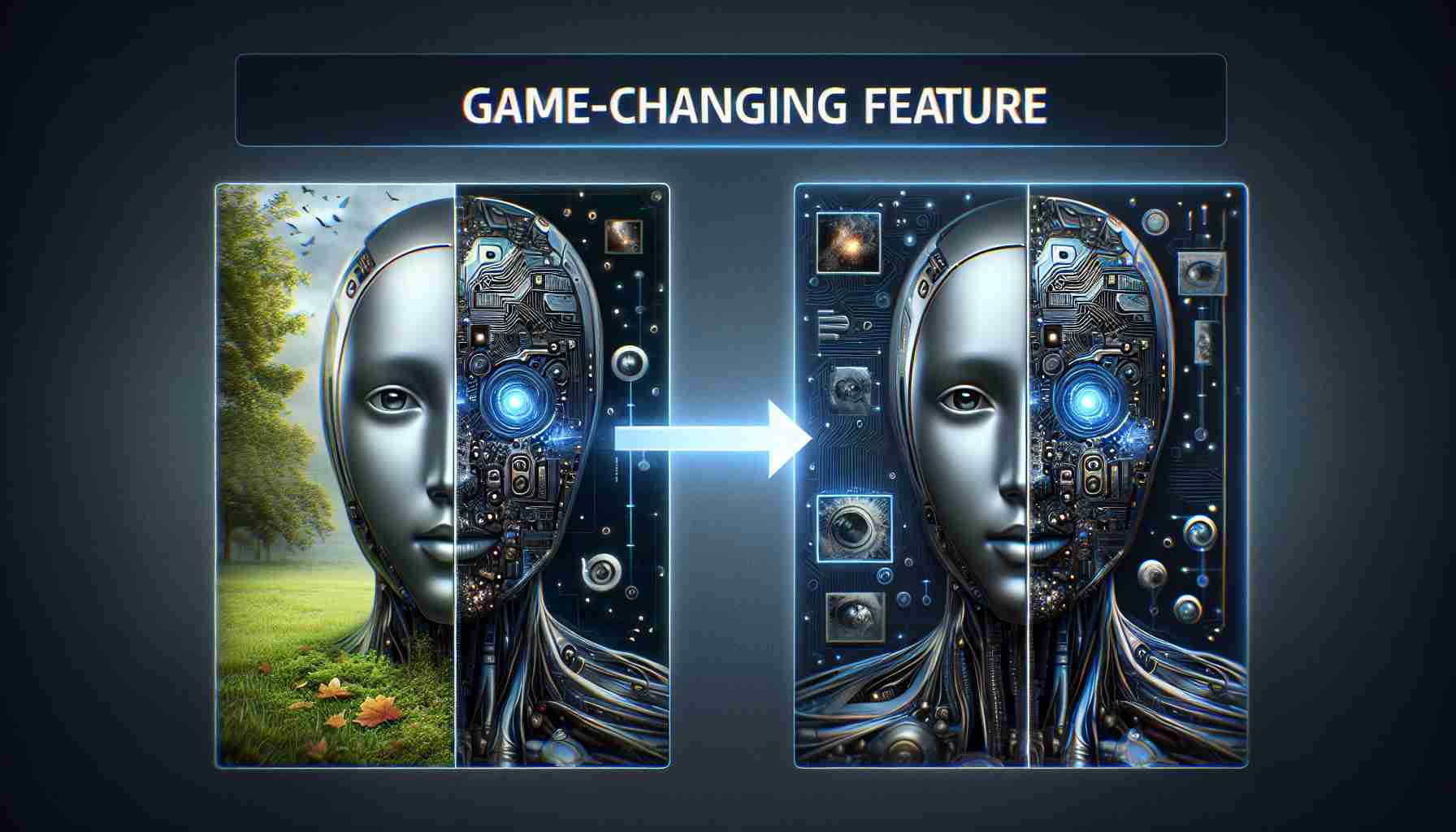In a bold move towards enhancing user awareness, Google has revealed its plan to implement a feature in the Photos app that discloses whether a photo has been modified using artificial intelligence. This new addition, which is set to launch next week, aims to offer clarity about the authenticity of images shared on the platform.
Google intends to introduce an “AI Info” section at the bottom of each image’s detail page, informing users if tools like the Magic Editor or Magic Eraser have been utilized. This will explicitly credit Google’s AI technology, allowing viewers to understand the extent of editing applied to the photos they encounter.
Additionally, the feature will encompass various photography enhancements, such as “Add Me” and “Best Take,” underscoring Google’s commitment to transparency about its technological interventions—even when the features do not alter the original image directly.
This initiative aligns with the rising demand for clarity regarding AI-generated content in digital media. Google aims to follow industry standards set by the International Press Telecommunications Council to ensure users can easily recognize when photography tools are employed.
With ongoing advancements in AI and a focus on responsible use, Google is poised to explore further transparency enhancements, echoing similar efforts seen on platforms like YouTube, where creators are required to disclose AI-related modifications in their videos.
Is Your Photo Real or AI-Edited? Google Has Unveiled a Game-Changing Feature!
In an age where digital imagery plays a crucial role in communication and social media, the authenticity of photographs is more important than ever. Google’s recent announcement of a feature in its Photos app that reveals whether a photo has been AI-edited is set to revolutionize the way we perceive images. This transformation is part of a larger movement toward transparency in digital media, but it comes with its own set of questions and implications.
What are the main objectives of Google’s new feature?
The primary aim of this new feature is to empower users with the ability to discern between genuine images and those that have undergone AI modification. By introducing an “AI Info” section, Google provides crucial insights into the editing processes applied to photographs, thereby fostering an environment of trust and authenticity.
Key Questions and Answers:
1. How will users access this information?
Users can find the “AI Info” section at the bottom of each image’s detail page in the Google Photos app. This area will explicitly denote whether specific AI tools were used, ensuring transparency regarding modifications.
2. Will this feature apply to all images?
Initially, it will apply to photos edited using Google’s AI tools, like the Magic Editor and Magic Eraser. It may evolve to include additional forms of modifications in the future.
3. What happens if a photo is edited using tools not recognized by Google?
In such cases, the feature may not display any information, which could lead to some ambiguity regarding the authenticity of those images.
Challenges and Controversies Surrounding AI-Edited Content:
While the initiative attempts to shed light on AI manipulation, it introduces challenges and controversies. Critics may argue that even with disclosures, the line between authenticity and manipulation can remain blurred. Additionally, not all users are conversant with AI editing techniques, which could result in misinterpretations of the provided information.
Another concern is the potential for misuse. Users might create intentionally misleading images while relying on the acknowledgment of AI editing to absolve themselves of accountability. This raises ethical questions about the consequences of AI manipulation in social contexts.
Advantages of this Feature:
– Increased transparency: Users will have greater insight into how their images have been altered, which can build trust in the platform.
– Enhanced education: As users engage with the feature, they could become more informed about AI technologies and their implications in photography.
– Promotion of responsible content sharing: Users might think twice before sharing edited images, knowing that their modifications will be disclosed.
Disadvantages of this Feature:
– Potential for confusion: Users may not fully grasp the nuances of different AI tools and techniques, leading to misinterpretations.
– Limited application: If the feature is restricted to Google’s own tools, it may not provide a complete picture of the broader landscape of image editing.
– User resistance to change: Some users might feel that the emphasis on AI editing detracts from the art of photography itself.
A Look to the Future:
As Google continues to refine this feature, future updates may include broader recognitions of various editing software and more comprehensive education on the impact of AI in photography. This could potentially elevate the standards for photo editing across various platforms.
For more on Google’s innovations and developments in technology, visit Google’s official site.
In conclusion, Google’s new feature promises to provide substantial benefits by fostering transparency in image editing practices. As users adapt to this change, ongoing discussions about the ethics and implications of AI in photography will be crucial in shaping a responsible digital landscape.










